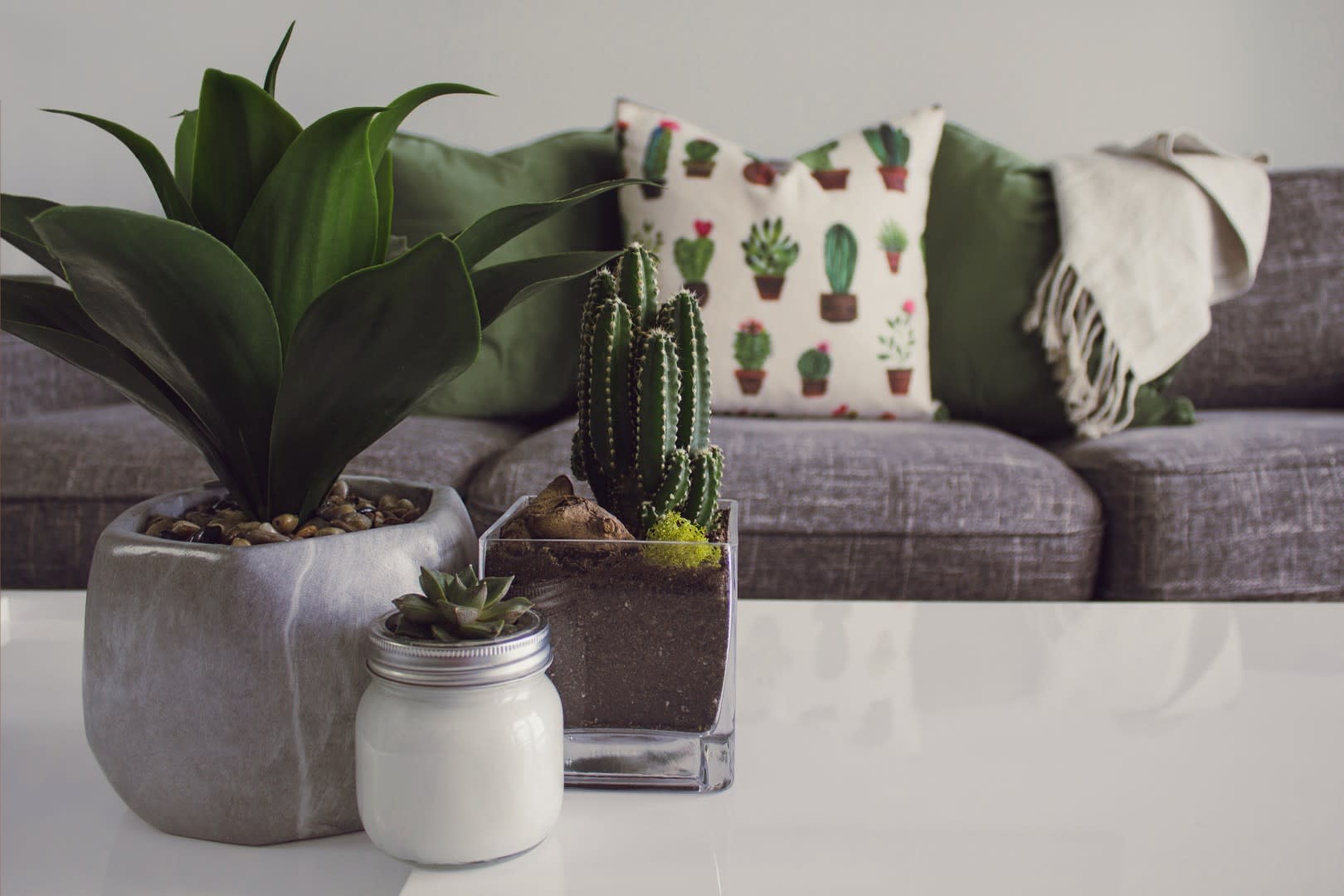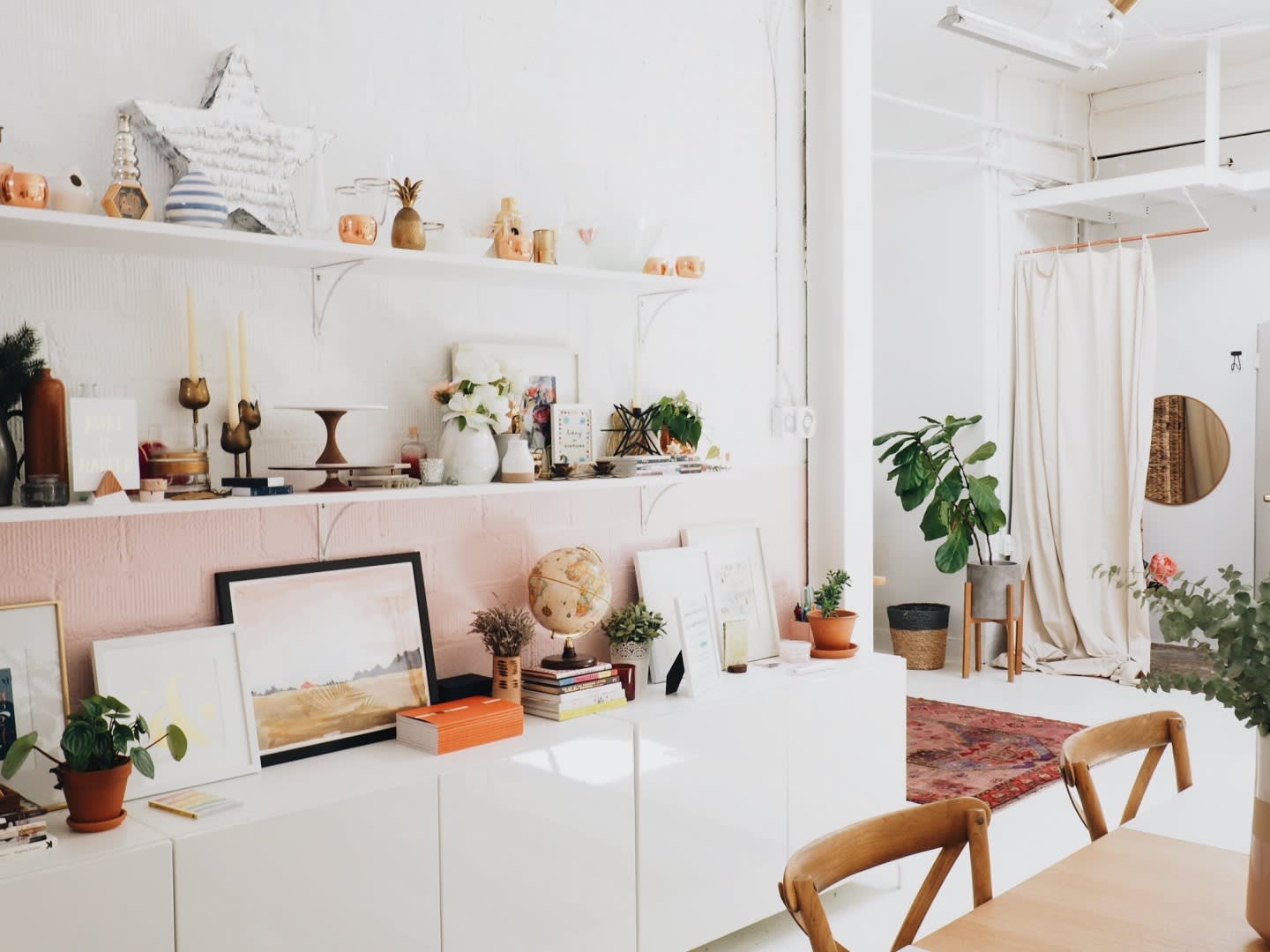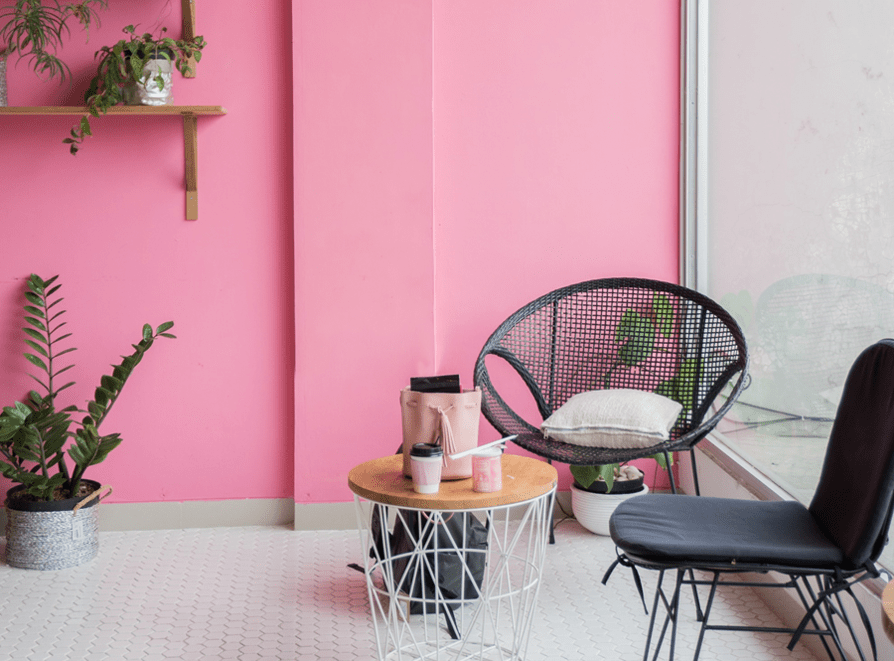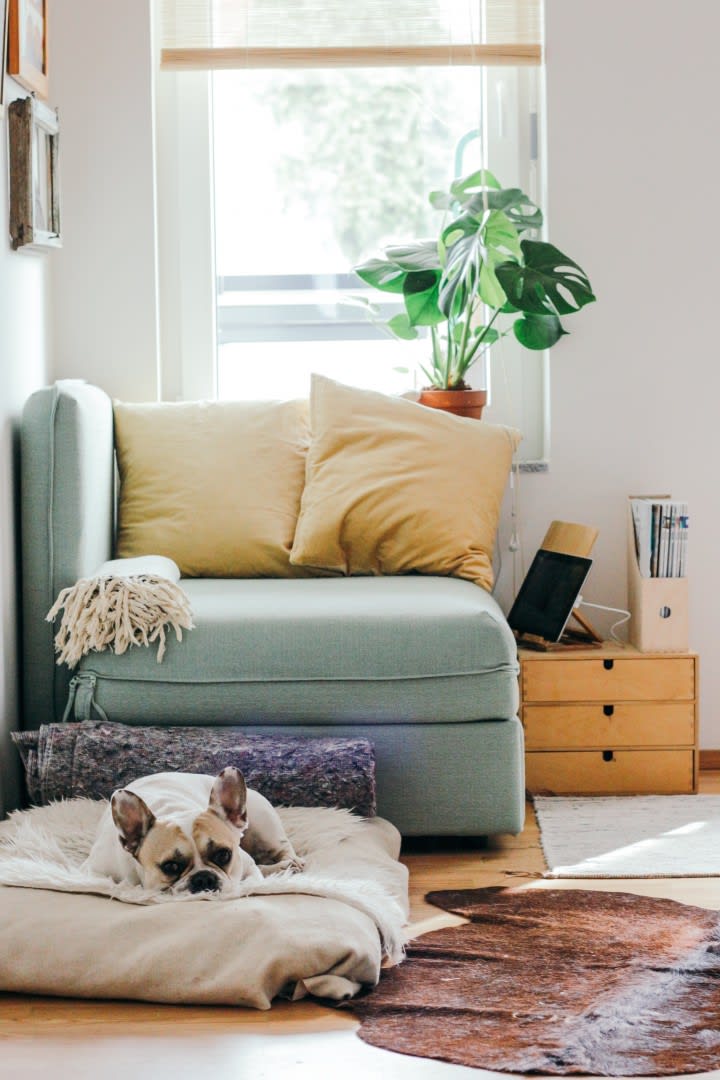Remember that old adage about putting a pot of fresh coffee on to brew when you have house viewings? Well, it still holds true along with a host of other tips… here’s the lowdown on the little things that may just make a potential buyer fall in love.
We’re all different – and never more so than when it comes to our homes. All you have to do is look through this magazine, or a property portal online to see that personal taste is varied, to say the least, from conventional neutrals to vibrant boho or monochrome chic. And of course this is how it should be: it’s important that our homes reflect our taste, allowing us to feel ‘at home’ at home.
But when selling a property, it’s a whole new ball game. That vivid purple accent wall or textured metallic wallpaper may thrill you but your buyers could reject your home on such superficial elements. This is because when we view a house we project an image of ourselves living in it, mentally adding our own furniture, photos and personal mementoes to what we see.
And this is why neutrals sell. OK, it may be boring to paint your walls white, cream or magnolia, but when selling (or letting) this is the safest option. It’s worth getting the paintbrushes out prior to putting it on the market.
On the subject of keeping things impersonal, it’s also wise to minimise family photos. These are markers of territory and ownership – what you are aiming for is the viewer to see themselves on your favourite sofa and, therefore, see your home’s potential. In the same way, your butterfly collection and edgy art on the walls may all be better off out of sight, creating a blank – or more neutral –”¯canvas for other people’s dreams.
Sometimes, though, adding personal touches can imply that the buyer will buy into your lifestyle: cutesy little notes from the children stuck on the fridge, an invitation to a glamorous gallery opening or black tie dinner on the mantelpiece, the latest recipe book on the worktop, a bottle of fine wine, luxurious bathrobe, tickets to a prestigious event, expensive perfume.
One question that always comes up is whether or not you should be present for viewings, and removing the personal may also mean that it’s better for you to make yourself – and any pets – scarce. The presence of the owner can make buyers feel a little awkward or less able to walk round freely, opening cupboards and making sure the shower works well. If you’re there, they may struggle more to see themselves in your space.
Make sure rooms are shown with their original purpose. For example, if your dining room is usually a makeshift office with paperwork all over the table, remove it and present it as a dining room. However, a study replacing a small bedroom is usually fine in these days of increased remote working.
Clutter is another big no-no. Not only does it make a home look a bit neglected, but most properties benefit hugely from a ‘less is more’ approach – apart from anything else, it allows a potential buyer to see the details. So make a show of original features – a beautiful window, dramatic staircase, a kitchen good enough for a MasterChef final.
Clearing things away also has the benefit of making rooms look more spacious, which is always a win-win. If your home is drowning in ‘stuff’ consider putting it in storage during the viewing process. If you are feeling clueless, check out interiors magazines to see how stylists present a room professionally and follow some of their tips.
It also goes without saying that the property needs to be at its cleanest and best with any small items fixed. First impressions count for a lot – make sure the garden path is clear of weeds, that the grass is cut and fence and front door are in good condition. Throughout the house, clean windows are essential, as is a spotless kitchen and bathroom.
But that old chestnut about coffee does ring true, so a lingering scent of arabica does no harm. Nor does the smell of baking – bread, cinnamon, apples and vanilla, or a roasting chicken are all welcoming scents. You can also try spraying a little of your favourite room scent or burn a particularly beautiful candle. Fresh flowers add luxury, colour and scent too.
The colder, darker winter months are traditionally seen as more difficult as houses and flats tend to look their best during the light, sunny summer months. But you can turn this to your advantage, with an open fireplace or wood-burning stove, scented candles and piles of rugs and cushions everywhere to create a cosy nest.
In the end it’s not an exact science as none of us has a crystal ball when it comes to knowing who will want to buy our home. With these pointers, though, all you can do is maximise your chances of selling your home to someone who will love it as much as you do.












